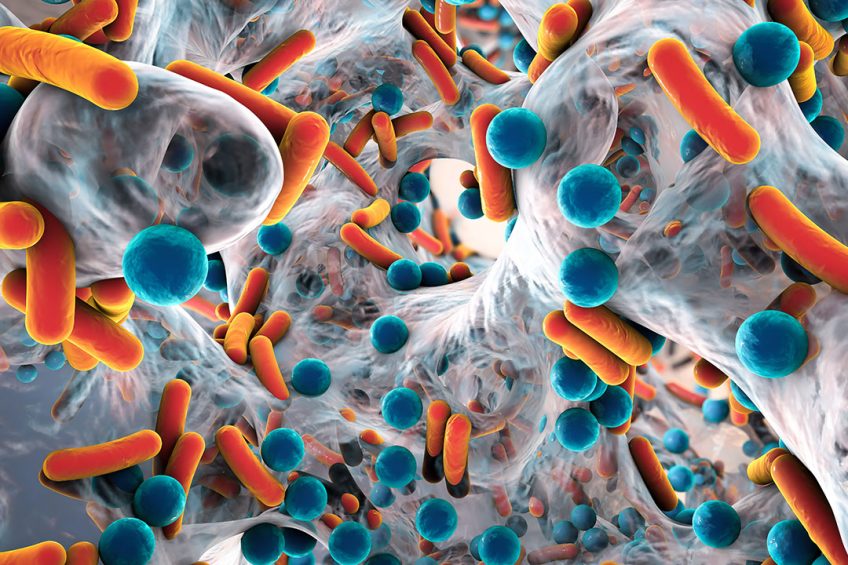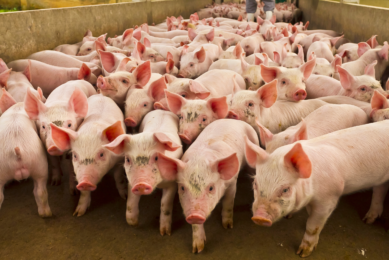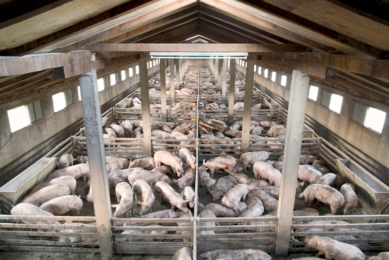Addressing the complexities in pig production

A recent episode of the programme ‘60 Minutes’ in the United States led to critical reactions in the US swine business. The programme addressed antimicrobial resistance in the US swine industry, but many were unhappy with the way in which that happened. Welfare expert Dr Monique Pairis-Garcia emphasises the need for collaboration.
For many of us in the United States, at least for me, the premiere of the 60 Minutes segment on antibiotic use on farm left a knot in my stomach. My reaction had nothing to do with the topic of the segment, nor my concerns with antimicrobial resistance on a whole. My reaction was based on the unending challenge with trying to describe an extremely complicated issue in a 13-minute video-clip.
Objective science-based information
As a veterinarian and scientist, I will do just about anything to avoid providing my personal opinion regarding my work in animal welfare. Much to my editor’s dismay, I stick to my comfort zone of providing objective science based information in my columns and report on the statistically significant work published in peer-reviewed journals.
This is not because I don’t have opinions on animal welfare (I have plenty), but, in a world with technology constantly surrounding us, the ability to selectively capture flattering or not-so-flattering snapshots of a person’s life is easy.

Antibiotic Reduction: Moving away from antibiotics can be challenging and requires a new way of thinking. This special edition explores the latest methods for raising healthy livestock without the use of preventive antibiotics.
Popular hit on SnapChat
As I recall during my 2nd semester teaching I found out what a popular hit I was on SnapChat amongst my students as they circulated a picture of me teaching with a phallic symbol drawn on the board behind me. Obviously, I was not aware the image was there and was never asked permission for my photo to be taken or to be put up on social media, yet my legendary moment remains. In 20 years from now, I can only imagine what topic people will think I was teaching.
As trivial as this experience may have been, I do believe it gets to the root of my concerns with segments such as this. Attempting to cover a topic like antimicrobial resistance in a snapshot of time will never do justice to anyone, regardless of what side you are rooting for.

Read more Expert Opinions on the Expert section at Pig Progress
Discussing the challenges of antimicrobial resistance
This also creates a combative relationship between parties, as we spend more time pointing fingers at who is to blame than we do working on the problem together. I believe if we spent more time bringing people like Liz Wagstrom (chief veterinarian, National Pork Producers Council) and Lance Price (microbiologist, George Washington University) together to discuss and communicate the challenges of antimicrobial resistance, we would be that much closer to finding a solution.
I do believe some may say that the controversial nature of this piece may result in the impetus for change. And they may be right. However, I do not feel that the approach of mainstream media allows for the ability to comprehend a situation in full and I feel that there has to be a better way to create change through collaboration and integration.
For now, I will stick with my science-based research and data and leave the interviews to those with abilities to eloquently describe this complicated world in 280 characters or less.
The episode of 60 Minutes here.











